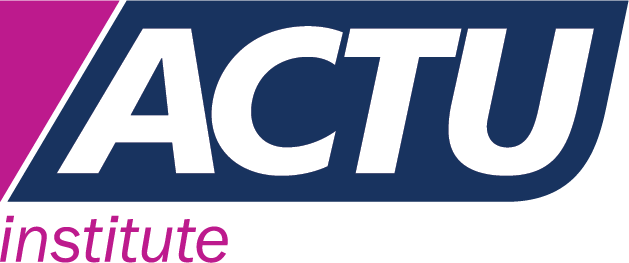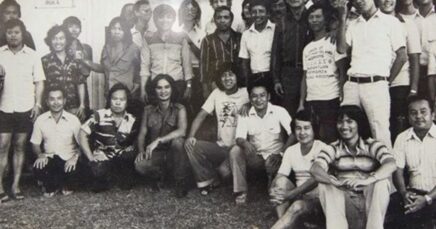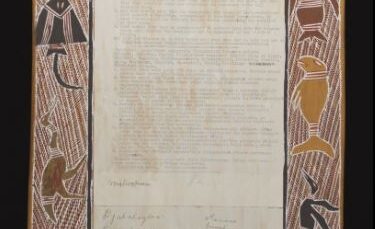
Unions have always campaigned for working people’s right to a life outside of work to be recognised.
You can see this as far back as 1856, when Stonemason in Melbourne and Sydney won the eight hour day as an industry standard for the first time in the world.
In the early twentieth century we started to win the 44-hour week, and in 1948 the 40-hour week became standard after a long union fight.
The 38-hour week was in won 1981 after a campaign by the metal workers union. The metal workers had long been at the forefront of winning workers’ rights.
From the mid-1960s onwards the wages and conditions of their award had been used as a “benchmark” for other industries – meaning if they won, other workers won as well.
Initially employers and the government opposed a reduction to 38 hours, but the metal workers’ union held a series of stop works throughout the industry, convincing the Metal Trades Industry Association (the club for bosses) to agree to the demand.
This was achieved because of strong unions taking action. It was not just given to us, and it was not always there.
It is not surprising then that over the last few decades when unions have been under attack that so many working people have seen the average hours of their working week increasing.
For work life balance – join your union!



